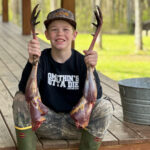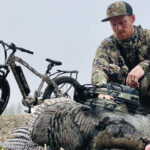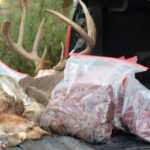During our first conversation with Tracker John, we discussed the ins and outs of tracking deer with dogs. We also talked about what to expect when you do call a tracker, and things you should do before deer season starts.
In this video, we delve into some deeper discussions with John, and put him on the hot seat with a few of the questions we asked!
Is It True That A Wounded Deer Won't Go Uphill?
Tracker John has seen just about all you can see when tracking a deer. He’s seen gut shot deer jump over a 5ft. fence, he’s seen deer go under train cars, and he said that it’s 100% possible that a wounded deer can go uphill. In John’s exact words, “A deer does whatever it wants to do until it keels over.” When taking up a track, he doesn’t discount “any possibility.”
And he truly believes that a deer will jump, climb, run, or swim through anything, until it finally succumbs. He’s actually trailed a deer that went up a 9ft. embankment on the other side of a creek, so steep that the only way he himself could get up, was by climbing on roots in the side. And the deer only went 20-25 yards farther than that before they found it.
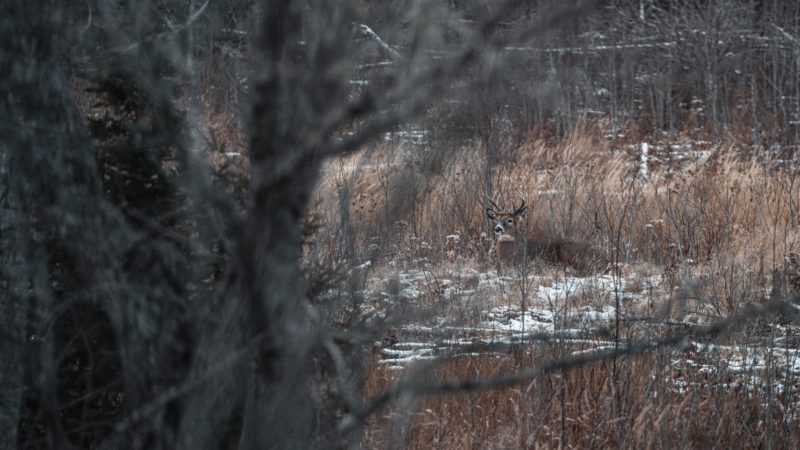
Are There Any Specific Trends You See When Trailing Deer?
John stated that there was in fact, one specific thing he tends to see when tracking. And that is that a gut shot deer will typically go to water. He said that it happens with certain regularity throughout his tracks.
When he’s seen other wounded deer head to water, it was generally used as an escape mechanism. Whether it was to get away from the tracker, coyotes, or the hunter. But it is true that a gut shot deer will tend to head towards a water source.
How Often Does The Shot End Up Being Different Than What Was Described By The Hunter?
John had a quick answer to this one! When asked how often is the shot different than what was portrayed by the hunter, John said, “Lots.” He said that it’s often different than what the hunter perceived from compounds, but it happens way more with crossbows. Often times, the hunter has little to no idea of where he hit the deer.
Even with lighted nocks, hunters can be deceived because the nock is 28-30 inches behind where the broadhead is. This generally leads the hunter to believe that his shot was better than it actually was, even when the hunt was captured on video. John has even recovered a deer from a gun hunter that was filming his hunt, and while they were able to go frame by frame and see the bullet, once the deer was recovered, it turned out that the shot was 6+ inches further back!
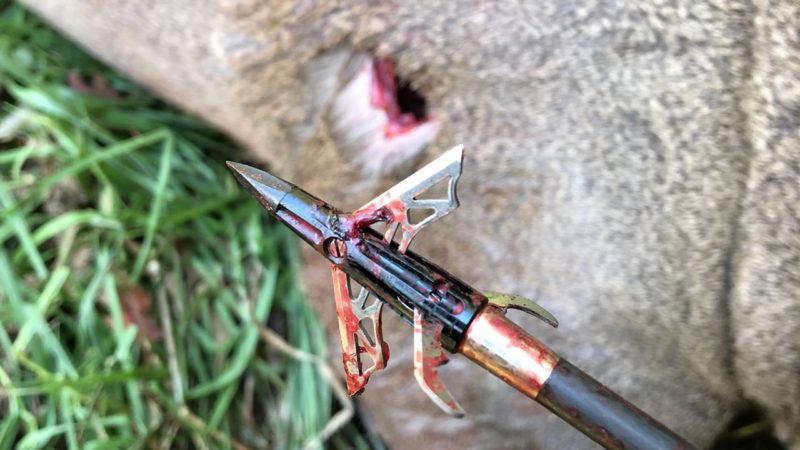
If You Got Back Into Bowhunting, What Kind Of Broadhead Would You Use?
Although John wanted to give a little explanation first, Todd cornered him into giving a one-word answer. And his answer was a bigger, fixed blade broadhead. His thinking behind this, was that he’s a traditional archery guy, and doesn’t have a heavy draw weight, nor a faster bow. So he wants something that’s going to leave a bigger wound channel, while also being tougher on bone.
He did note that he didn’t want to be pigeon-holed as a “fixed” or “mechanical” guy. He just wants a broadhead that’s going to leave a big hole.
Do You Generally See More Deer That Are Hit Too Far Forward, or Too Far Back?
John usually sees a decent amount of hits that are too far forward, and according to him, those shots are “just bad news.” But the reason he sees more forward shots, is likely because those shots don’t tend to cause a lot of blood loss, thus making the deer tougher to trail without a dog.
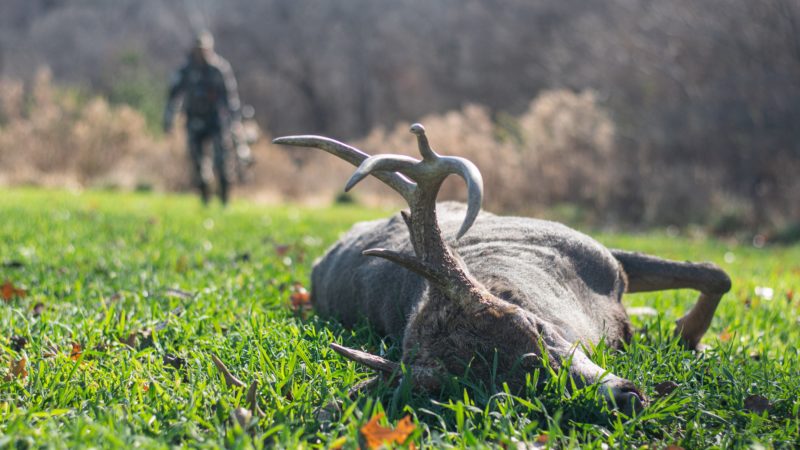
How Far Is Your Average Track?
The average track that John goes on, is usually between 400-600yds. Sometimes he’ll take up tracks where the hunter may have walked by the deer within a hundred yards or so from the shot. But occasionally he’ll get a 4 to 5+ mile track, and recover the animal.
Those long tracks are generally on really bad hits like a leg shot. But eventually, if they stay on the trail and follow the deer long enough, it’ll end up bleeding out. One rare track that John had not too long ago, was a shot that hit right above the deer’s hoof! He said that deer went a little over half a mile before bleeding out.

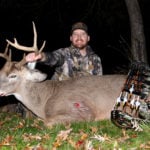 By
By 